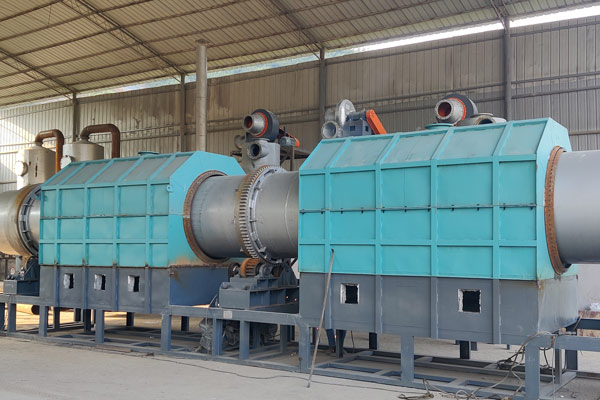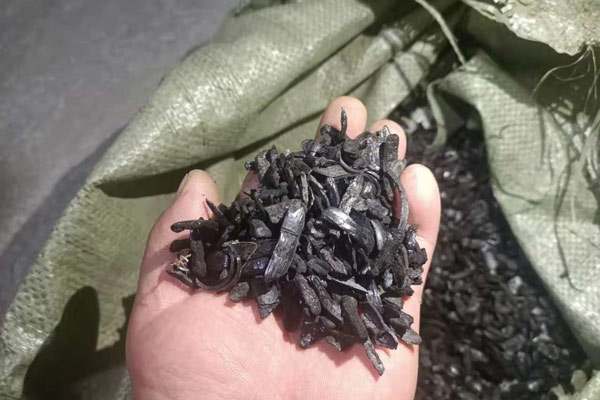What is a biomass pyrolysis plant? Biomass is the term for trees, straw, lignocellulose, and other waste materials that are not burned, such as the waste from the farming industry and livestock manure. These waste materials are renewable, low in pollution, and widely distributed. Beston developed a biomass pyrolysis plant to sell, which will turn biomass into biogas and charcoal.

Low Pollution
The low pollution biomass pyrolysis equipment is designed to produce biochar and reduce greenhouse gas emissions. Its double-layer design allows the lower part of the machine to remain in contact with fresh air. The biomass is enriched with alkaline earth metals, which enhance its pore structure and suppress the emission of COS. A condenser helps cool the smoke and desulfurized steam. The combustible gas produced is minimal and moved by a fan to provide heat to the pyrolysis furnace.
Renewable
A renewable biomass pyrolysis plant converts waste organic materials into fuel, including bio-oil, a combustible liquid. This substance can then be refined further to create renewable diesel, jet fuel, and methane. In addition to fuel, biomass can be used for a variety of other purposes, including plastics, building materials, and paper. In addition to fuel, biomass pyrolysis can also produce electricity.
Utilized For Several Applications
Biomass pyrolysis is a process in which organic waste is oxidized, generating valuable raw materials like charcoal. The charcoal making machine is specifically designed for processing organic polymeric waste and biomass. The process results in both solid and liquid products, such as fuel and charcoal. The carbon-rich materials are then further processed to form other useful products. These products can be used in a variety of different applications, including fuel, biodiesel, chemicals, and plastics.
Economic Analysis
Fast pyrolysis of biomass will yield bio-oil and bio-gas at a cost of about one dollar per liter. The operating costs are higher for a fast pyrolysis plant, but can be reduced significantly through pretreatment and upgrading techniques. The by-products of biomass pyrolysis can be sold, thereby reducing the cost of the process. Economic analysis of biomass pyrolysis plant. Invest in this machine at a low cost: https://bestonasia.com/small-charcoal-making-machine/ https://bestonasia.com/small-charcoal-making-machine/.

Feedstock Flexibility
A biomass pyrolysis plant is a process wherein a feedstock is converted to a useful chemical product. The process of biomass conversion involves growing and transporting biomass, processing it into various thermochemical energy products, and increasing oxygen availability. Particle residence time is optimized to yield different proportions and types of products. The boxes in the flow chart represent the primary products produced by the process. These products are pyrolysis oil and syngas, and these can be upgraded to liquid transportation fuels, electricity, and heat.
Efficiency
The most common type of biomass pyrolysis process is steam-fired. It is used to produce bio-oil, a complex mixture of oxygenated organic compounds, with a fuel value of 50-70% of petroleum-based fuels. Bio-oil is a valuable renewable fuel, and it can be used in boilers and upgraded to fuels for transportation. Bio-oil is less costly to produce than biomass and can be distributed to a centralized location for refining.
Cost
In order to evaluate the economic viability of biomass pyrolysis, the cost of the entire production process must be considered. Contact Bestongroup and start this business quickly. The production process includes hydroprocessing and reforming units. During the capital cost analysis, the major drivers of the production cost are the hydroprocessing and reforming units. Biomass plants are likely to achieve the lowest break-even selling point if the biomass used is cheap. The cost of biofuels is 158% higher than contemporary diesel fuel.